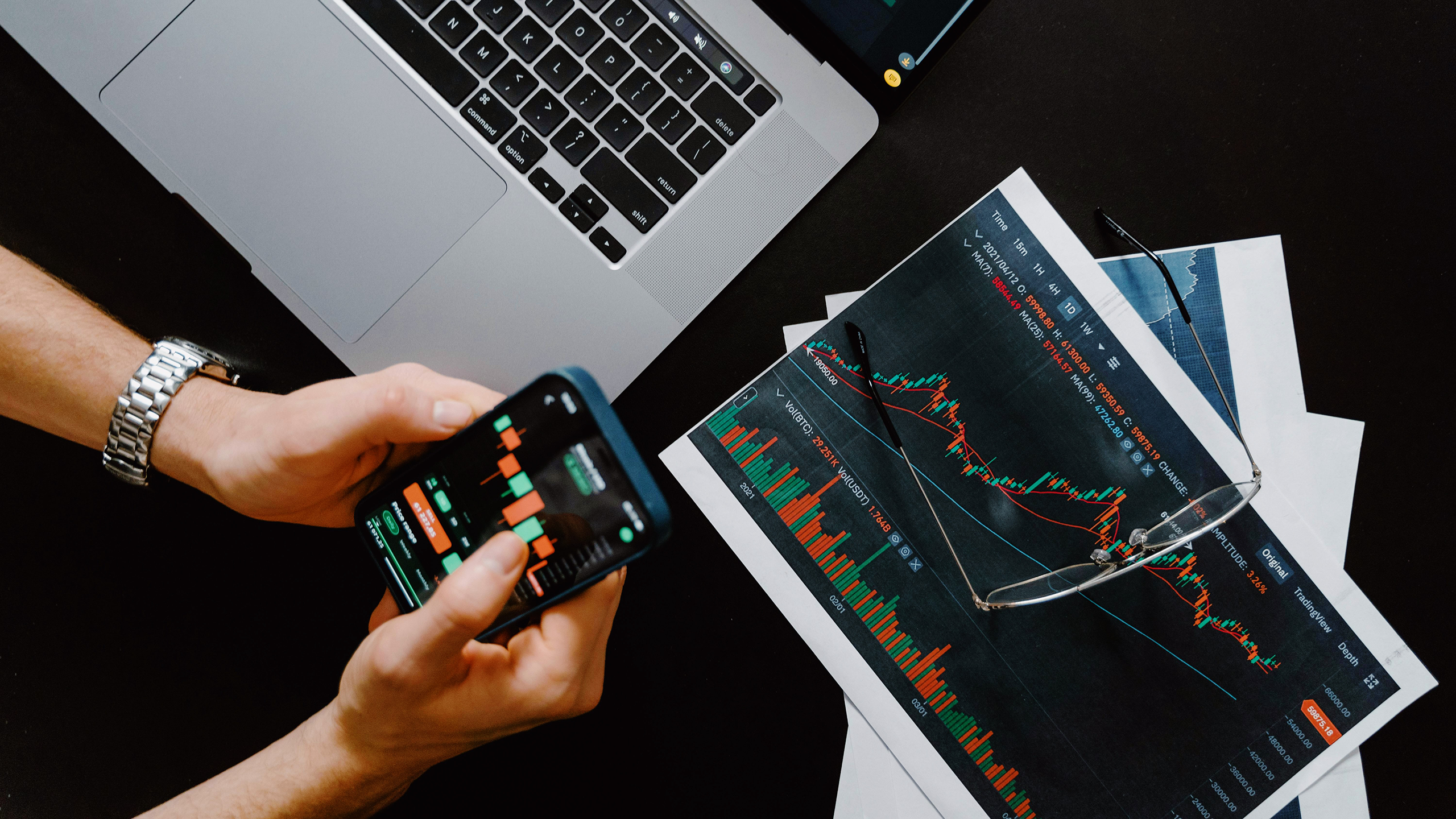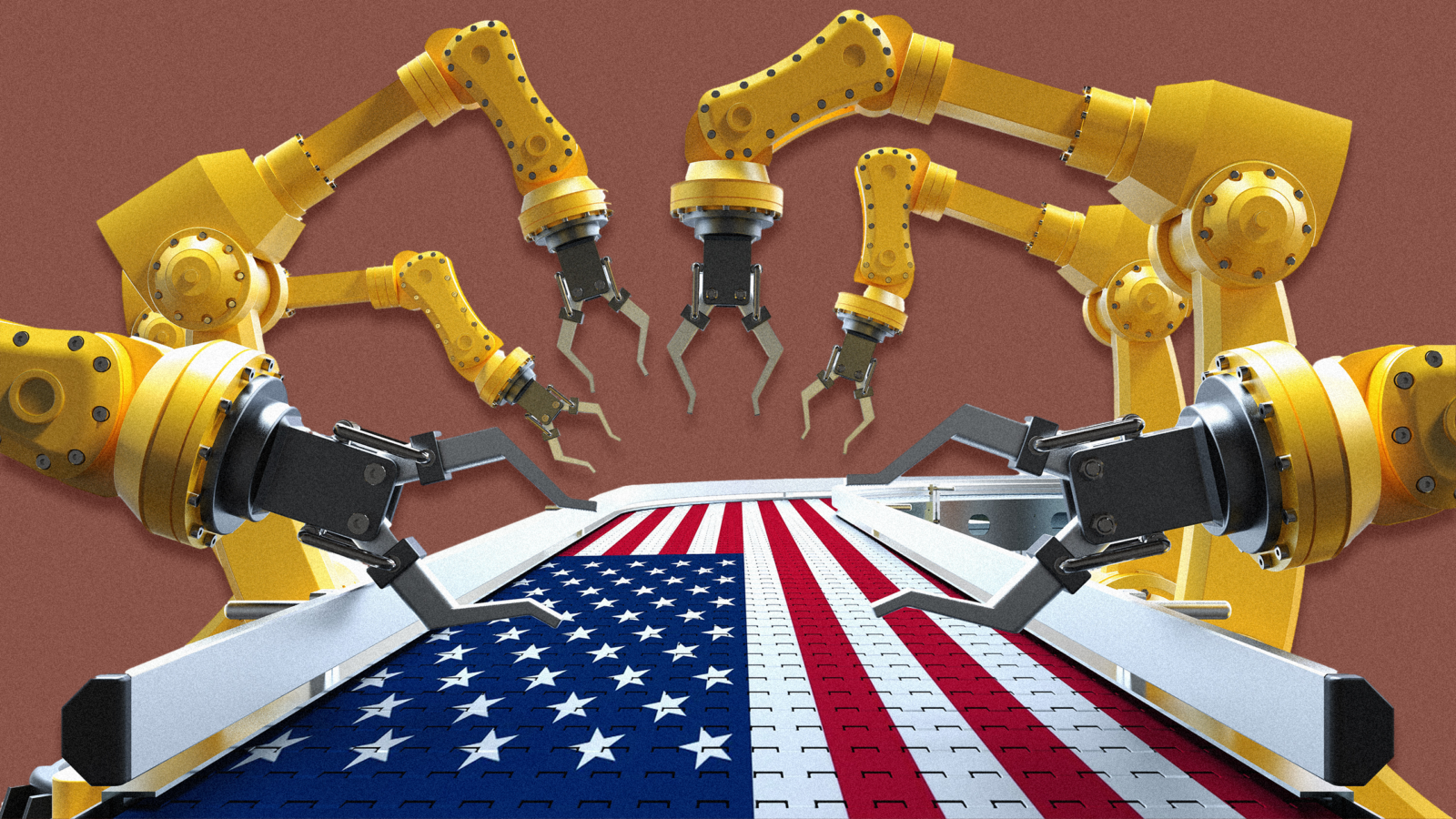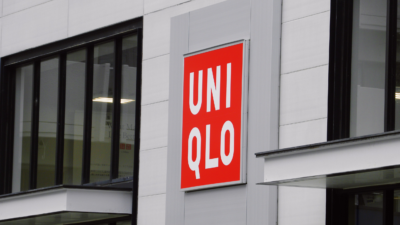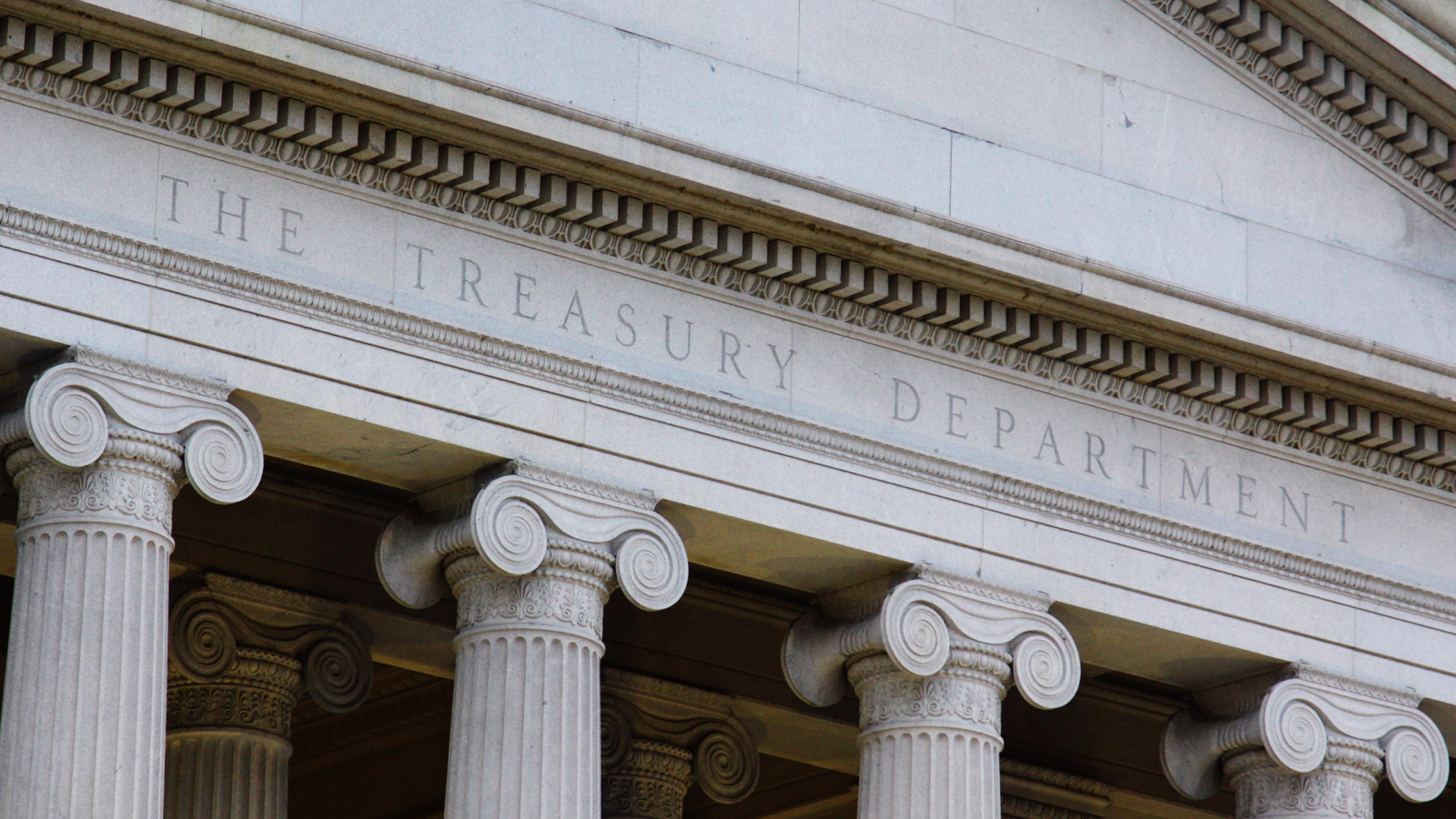Wall Street’s Favorite ‘Fear Gauge’ Grows Calmer After Hectic Week
Known as Wall Street’s “fear gauge,” the VIX has suggested in recent weeks that investors are spooked, for obvious reasons.

Sign up for smart news, insights, and analysis on the biggest financial stories of the day.
The CBOE Volatility Index (VIX) is bringing a dose of Hallowe’en to springtime.
Known as Wall Street’s “fear gauge,” the VIX has suggested in recent weeks that investors are spooked, for all the obvious, presidential-sized reasons. But last week’s relative calm suggests for now the only thing to fear may be the fear gauge itself.
Policy Options
The VIX measures expected stock market volatility over the next 30 days by using the prices of S&P 500 options — contracts that let investors bet on future stock movements. When the demand for options goes up, so does the VIX, suggesting more volatility in markets. When demand goes down, so does the VIX, suggesting smooth(er) sailing.
Investors thus use the VIX to assess market risk and hedge against potential losses. Since late February, the index has risen above its long-run average of 19.5, with markets whiplashed by President Trump’s herky-jerky rollout of tariffs. In midday trading during a selloff last Tuesday, it even briefly rose above 29, perilously close to the 30 threshold that is considered a sign of high uncertainty or, in layman’s terms, the trading floor freaking out.
While the VIX is still up 33% in the past month, it has relaxed in the last week and closed at 20.5 on Monday. Even with markets somewhat concerned about recession risks and taken off guard by Trump’s tariff policies, the relatively sedate week has given some comfort:
- Analysts at Morgan Stanley said Monday that they viewed the S&P 500’s drop to 5,500 on Thursday as indicative of its floor, suggesting they think the worst of the selloff is over. They also affirmed their year-end base target of 6,500 for the index, writing: “We ultimately think the market will focus on the positive aspects of the Trump policy agenda.”
- Morgan Stanley’s target suggests a 15% upside for the S&P 500. Koen Hoorelbeke, an options strategist at Saxo, noted Monday that policy-driven uncertainty was unique because it is a “man-made” risk, which “unlike structural financial crises… are seen as temporary and reversible.”
The other important thing to note about the VIX is that research has repeatedly shown it tends to overestimate the actual volatility of the next 30 days, meaning its flashes should be taken with a grain of salt.
A Bull and Bear Case: The volatility index reached its 2025 low point on January 24, four days after the start of Trump’s second administration. Things were calm then because many investors presumed the president would focus on promised tax cuts and deregulation, as opposed to trade-war threats that were seen primarily as a negotiating tactic. Well, so far that view has been way off the mark — just ask your Canadian, Mexican and European friends. But, a bull case remains: first of all, because Trump is likely to still pursue corporate-friendly tax cuts and deregulation that would fuel earnings, and because — as Hoorelbeke pointed out — he could simply back off from his tariff war (while nevertheless declaring a very, very big victory).











